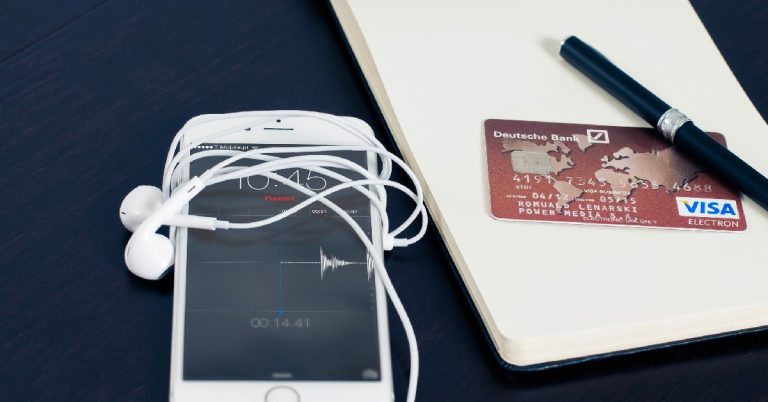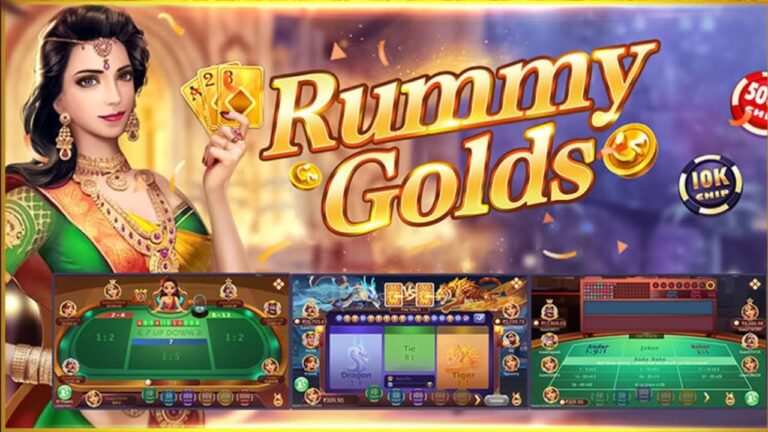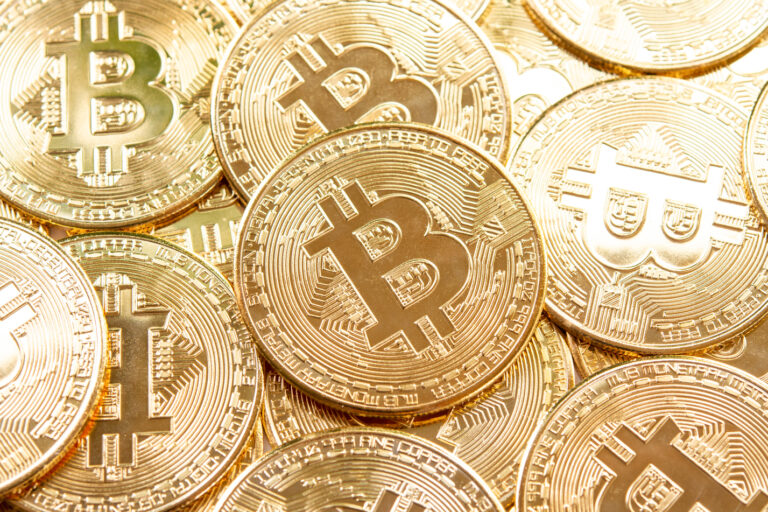Why ‘Free Trading’ on Robinhood Isn’t Really Free

Robinhood has become a dominant force in the investing industry, with over 6 million app users. They pride themselves as the future of money with a sophisticated smartphone app, fancy investment backers, and zero dollar trades that make it the envy of any wall street firm. But Robinhood isn’t for every kind of investor, and if you think that the assurance of free trading is too great to be truthful, you’re right. So why isn’t free trading on Robinhood actually free?
There is the transfer of accounts to other brokers fee, the surcharge per trade costs on restricted accounts, then the costs of using live representatives in making orders, then charges in trading of foreign security, also the subscription to Robinhood Gold fee, and the wire transfer costs, and regulatory fees, etc.
If you are now concerned about what trading there will cost you, then read on, for we’re now going to take a comprehensive look at the brokerage house and find out more on: why free trading isn’t free, about Robinhood hidden fees, and how you can get free Robinhood stocks. All this information will, in turn, allow you to make a more informed and accurate comparison to other brokers, thus help in decision making.
Why ‘free trading’ on Robinhood isn’t really free

Robinhood’s strong suit is that they do not charge commissions for stocks and alternative tradings, but as a customer and investor, is a commission-free trading platform worth it? Here is why we claim that free trading on Robinhood isn’t really free.
It’s essential to recognize that what brokerage firms state as free isn’t always free and that though Robinhood’s fee schedule is very generous, it comes at a high cost to investors, which might make them lose money. For instance, the broker charges a $75 fee for transferring an account to a competing brokerage firm via the ACAT system; also, if you are using a restricted account for whatever reason, they charge a $10 surcharge cost per trade. There are also the costs associated with using a live representative over the phone to submit orders, which costs $10.
Trading of foreign security also attracts a very steep $50 per transaction fee, and canceling the same or making a trade adjustment costs $15.
Their unique margin service called Robinhood Gold is customarily charged monthly fees for its access and use. The fee isn’t a proportion of money borrowed as with traditional margin services; instead, it’s is an entirely flat monthly charge whose exact amount is based on the account size.
There is also the domestic wire transfer costs of $25, with international wire transfer costs being steeper at $50 and domestic overnight check deliveries being at $35. A returned check or wire costs $30
The broker also passes on regulatory fees to its customers, including SEC fees, and the fees are typically rounded up to the nearest penny.
The trading activity fee of 0.0119 cents is only applied to stock sales and rounded up to the nearest cent and is crowned at $5.95 per transaction.
Another challenge with using the broker is that their customer service is only available during market hours. The company’s phone number isn’t tool-free, which means that traders can quickly lose money in the delayed customer service periods.
In conclusion, we can say that Robinhood has managed to offer free equity trades, but only by sacrificing in other areas. Although there aren’t many fees at the brokerage firm, be aware of what you don’t get before opening an account.
For investors who trade daily and moves large quantities of shares, it’s essential to inquire if the advantage of zero commission fees is beneficial. Would it be better to suffer commission fees to secure the bid-ask spread?
Let not the reader view this post as a condemnation of Robinhood. The brokerage app still has many advantages, dependent on the category of investors you belong in.
Robinhood hidden fees

As we discovered earlier, Robinhood prides itself on the fact that it charges no commissions to all its investors. This fact has attracted many investors, especially millennials. However, a question that would arise from the free trading offer would be how then does Robinhood make money if it offers its services at no cost?
It is at this point that the concept of hidden fees comes in. The following is a summary list showing where Robinhood gets its money from:
- Robinhood gold monthly charges
- Interest gained from investing idle cash in investors accounts
- Live broker trading
- Transferring accounts to competing firms charges
- Trading foreign security
- Domestic wire transfer costs
- international wire transfer costs
- regulatory fees
Robinhood Gold is an upgraded account that gives investors access to better features, including level 2 market data, professional research, and trading on a margin. For the investor to upgrade to this type of account, they are charged monthly charges.
Apart from monthly charges, investors who use margins of more than $1000 are charged an interest billed on their account.
Robinhood also makes money from interest gained from investing in uninvested funds.
If an investor wants a live broker for trading, there is also a cost they have to incur.
Transferring accounts to competing brokerage firms is also charged at $75, while paper statements and paper confirmations are at a charge of a certain amount of money.
Trading a foreign security will charge you $50 per transaction. Canceling or making a trade adjustment is also charged $15.
A domestic wire transfer, international wire transfer, domestic overnight check delivery, and a returned check are also some services that will cost the investor a certain fee.
The SEC fee, a regulatory fee valid for sales only, is passed to the investor by Robinhood.
There is also a fee known as the Trading Activity Fee that is applied to stock sales.
How do I get my free Robinhood stock?

Robinhood offers free stock when a new client opens an account for the first time. The person should sign up through the promotional page and link up their bank account, preferably through the checking account instead of the savings account.
They require; social security number, bank account, and a mobile device that is a smartphone or a tablet to sign up.
The steps one has to follow to open a new account to get free stock are as listed:
- step 1: Set up an account.
- Step 2: Enter your contact information.
- Step 3: Verify your identity.
- Step 4: Fund your account.
- Step 5: Submit the application.
- Step 6: Download the app.
- Step 7: Log in to the app.
Once you have linked your bank account, Robinhood adds one share of free stock to your account.
Robinhood chooses the free stock randomly, and the companies are selected based on the price of each share.
The person can trade the free stock after two training days or opt to keep it.
The second method is through the referral program. For every referral made, both the referred and the referee earns a rewarding stock as soon as the referred signs up and links their bank account. The stock is generally referred to as a rewarding stock. A person can receive up to $500 in free stocks per year.
The steps one follows to refer friends directly to the app include:
- Step 1: Tap the account (person) icon in the bottom right corner
- Step 2: Tap get free stock
- Step 3: Tap invite Contacts.
- Step 4: Tap invite next to the friends you want to refer.
However, it should be noted that the rewarded stock will not be automatically deposited into your account; but you will get a notification or have to view your history invite screens and have only sixty days to claim your reward. You can also sell the stock after two trading days, but you have to keep the stock’s cash value in your account for thirty days.






